Professional Courses
Industry-relevant training in Business, Technology, and Design
Categories
Interactive Games
Fun games to boost memory, math, typing, and English skills
Typing
Memory
Math
English Adventures
Knowledge
Understanding the Latest CBSE Marking Scheme and Question Paper Pattern

The CBSE Board updates its exam patterns and marking schemes periodically to align with the goals of NEP 2020 and international standards. The recent updates for Classes 10 and 12 aim to increase competency-based questions, reduce the subjective load, and simplify internal assessment models. This revised guide explains the new format, marking scheme, and question types. It also provides helpful links for preparation assistance, including learning modules, quiz banks, planner tools, and interactive materials on AllRounder.ai.
The Transition to Competency-Based Evaluation
In the past three years, CBSE has significantly overhauled its exam blueprint. Competency-based questions now account for 50% of the theory papers for Class 10 and Class 12, an increase from 40% in 2024. These questions include MCQs, case-based analysis, source-based questions, and application-based scenarios.
The aim is to assess analytical thinking, application skills, and conceptual knowledge rather than rote learning. This shift is widely credited with improving board results in regions like West Bengal, where Class 10 pass rates rose to 94.9% after the redesign.
Weightage Across Question Types
Under the 2024–25 pattern, a typical paper consists of:
- Competency-Based Questions (Case-based and MCQs): 50%
- Select-Response Questions (MCQs): 20%
- Short-Answer and Long-Answer Questions: 30–40%
This format applies to all subjects, with minor variations depending on the subject and class. Class 10 Science, for instance, includes assertion-reason MCQs, passage-based questions, case studies, and short and long-answer questions.
Class 10 Paper Format and Marking Scheme
For Class 10, all theory papers are for 80 marks. Internal assessment contributes 20 marks through school-based activities, making the total for each subject 100 marks. The test duration is 3 hours.
In Maths:
- Section A: Approximately 18 MCQs (1 mark each)
- Assertion-Reason questions: 2 marks in total
- Sections B–D: Short and long-answer questions of up to 4 marks each
- Section E: Case studies and source-based questions, totalling around 20 marks
Science papers also follow a similar sequence: 20 MCQs (Section A), VSA (6 × 2 = 12 marks), SA, LA, and various competency-based questions like case-based, image-based, and assertion-reason types.
Social Science papers include map questions, case-based questions, MCQs, and long-answer questions. Geography, History, Political Science, and Economics all carry equal weightage (20 marks each), and the internal assessment carries 20 marks, again for a total of 100.
Class 12 Exam Pattern Update
The Class 12 pattern has also been revised, with 50% of theory paper questions now being competency-based, shared between MCQs and case-based types. For subjects like Physics, Chemistry, and Biology, the theory paper is for 70 marks and prathe ctical work is for 30 marks. Commerce subjects like Accountancy and Business Studies have 80 marks for theory and 20 for project work or internal assessments.
This alteration is intended to test the application of concepts, critical thinking, and clarity of writing in real-world situations. Many students and teachers agree that this assessment mode makes board preparation similar in style to A-Level or IB exams.
School-Based and Internal Assessment
Internal evaluations worth 20 marks are a part of all CBSE subjects, although some vocational or skill-based subjects are exceptions. These marks are based on regular evaluations, portfolios, practicals, projects, classwork, and subject enrichment activities. For Class 10, the breakdown is typically:
- Pen-and-paper tests: 10 marks (two tests of 5 marks each)
- Notebook submission or portfolio: 5 marks
- Subject enrichment activities or practical work: 5 marks
This system encourages lifelong learning and year-round engagement in school, rather than last-minute cramming.
Topic-Wise Weightage and Syllabus Emphasis
CBSE provides chapter-wise weightage for core subjects. For instance, in Class 10 Maths, topics like Algebra, Geometry, and Statistics carry significant weightage. In Science, topics like "Chemical Substances" and "World of Living" comprise major portions of the theory marks.
Understanding this weightage helps students prioritize high-yield areas and strategize their revision systematically, especially when time is limited.
Impact on Student Outcomes and Performance
Reports indicate that the new pattern has enhanced CBSE results. In West Bengal, for example, students performed better as they shifted from rote learning to analytical thinking patterns, and pass percentages were higher than national averages. Schools like DPS Ruby Park and The Newtown School recorded a vast majority of students with scores greater than 90%.
Concurrently, the number of Class 12 students scoring a perfect 100 in Maths and Physics decreased, reflecting a stricter evaluation process, although the overall performance improved.
Preparation Benefits for Competitive Exams
The new pattern is strongly aligned with competitive exams like NEET, JEE, and CUET, which emphasize problem-solving and case-based reasoning. CBSE sample papers also increasingly adopt such formats. AllRounder.ai imitates these patterns in its daily tests, chapter tests, and mock test modules to help students adapt well.
Explore:
How to Prepare According to the New Pattern
Students must focus on conceptual learning rather than just last-minute revision. The key strategies are:
- Practice previous year papers that follow the new pattern.
- Practice a variety of competency-based MCQs and subject-wise case-based questions.
- Use official CBSE marking schemes to self-evaluate your answers.
- Utilize learning platforms like AllRounder.ai that offer timed mock tests with comparable weightages.
- Balance theory, practical, and project preparation, as they all contribute to the final marks.
These methods help improve speed, accuracy, and the development of a better response strategy.
AllRounder.ai Sample Preparation Tools
AllRounder.ai helps CBSE students with:
- Class 10 and 12 course organizers to track topic completion and familiarity with question types.
- Practice tests built on the new design, with 50% competency-based questions.
- Chapter tests, flashcards, and NCERT-based questions.
- Doubt-clearing modules, peer study forums, and subject-specific video explainers.
- Revision dashboards that include performance analytics, identification of weak points, and improvement recommendations.
These resources are aligned with CBSE's new question paper pattern and internal assessment models.
Changes Over Time: Why It Matters
CBSE's evolution represents a significant move away from rote-based approaches toward conceptual understanding. Other boards, like the RBSE, have also followed similar patterns and have witnessed improvements in student performance consistent with CBSE's critical thinking-based questions.
This is a component of a larger national transition towards application-based evaluation and curriculum alignment with the NEP 2020 agenda and global academic standards.
Frequently Asked Questions (FAQ)
Q: What percentage of questions are MCQs now? A: Approximately 20% are standard select-response MCQs. However, competency-based questions, which make up 50% of the paper, also include MCQs and case-based questions. The remaining 30–40% are short and long-answer questions.
Q: How important is internal assessment now? A: It is very significant. Schools award 20 marks based on portfolios, practical work, quizzes, and projects. This contributes to 20% of the total marks for nearly every subject.
Q: Will CBSE adopt this pattern permanently? A: Yes, it is expected that for 2025–26 and beyond, the same formats will continue with only slight modifications. Current students must adapt to competency-based learning.
Conclusion: Succeeding in the New CBSE Pattern
CBSE's revised marking scheme and question paper design require students to go beyond memorization and develop application, reasoning, and critical thinking skills. The emphasis on competency-based questions, a transparent internal assessment process, and a balanced subject weightage facilitates better understanding and prepares students for university readiness.
Platforms like AllRounder.ai are critical, with exam simulators that replicate the new pattern, strength and weakness analysis, and tools that boost conceptual clarity through interactive quizzes and planner dashboards.
Key success factors include mastering MCQ patterns, practicing case-based questions, focusing on internal assessment from day one, and using online resources to monitor progress. With these steps, CBSE students can confidently cope with the new exam pattern and achieve academic excellence.
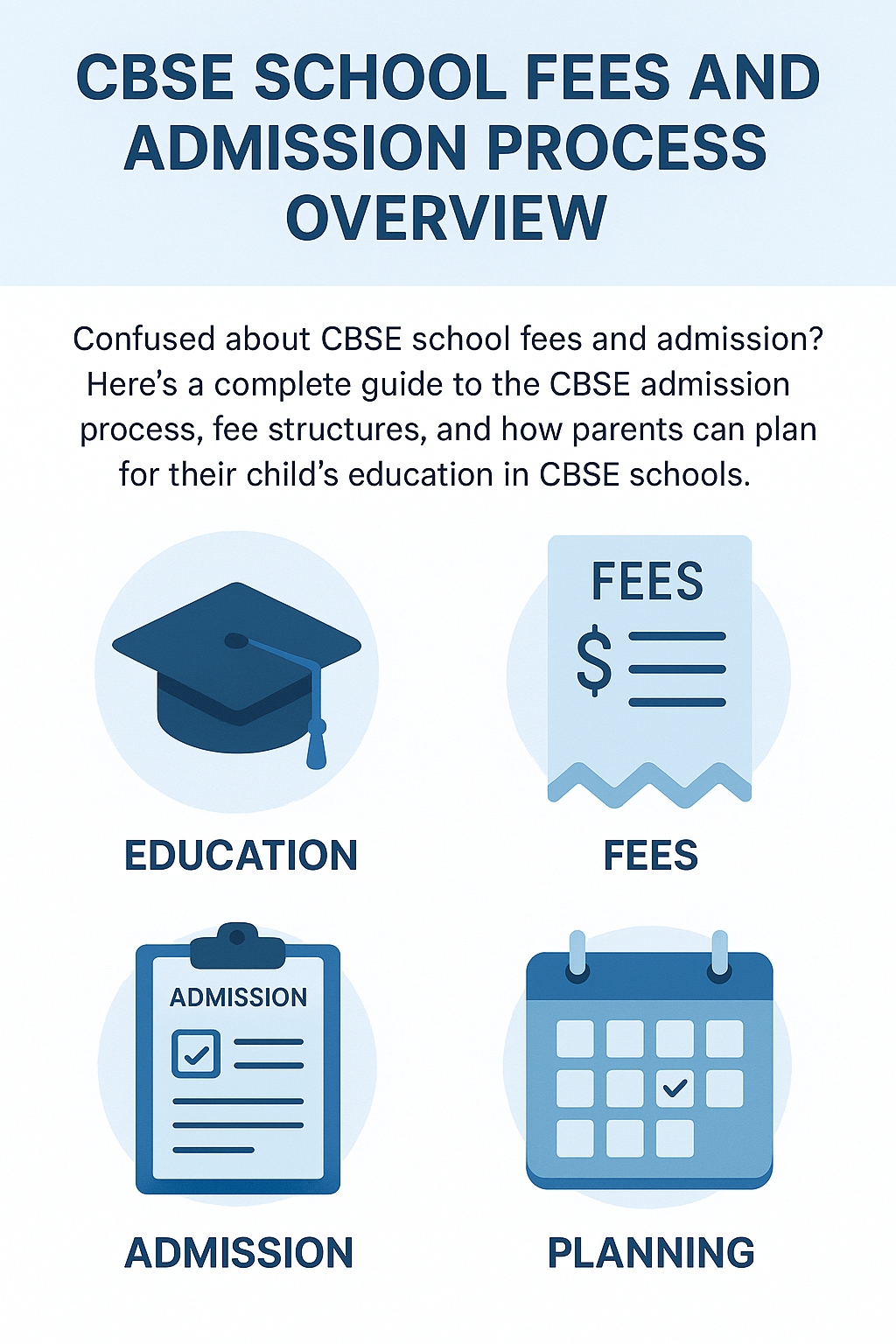
Confused about CBSE school fees and admission? Here’s a complete guide to the CBSE admission process, fee...
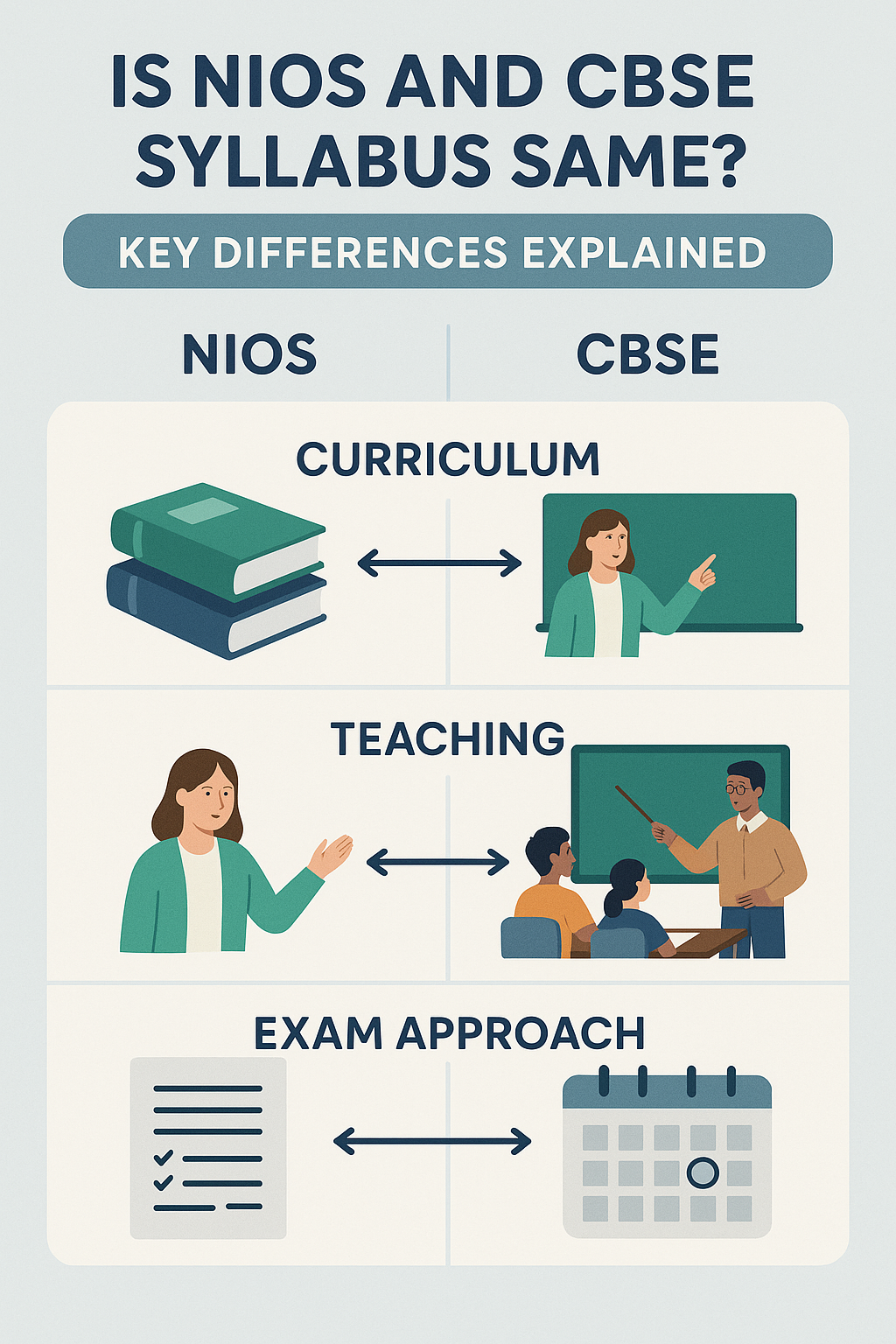
Is NIOS and CBSE syllabus same? Discover the key differences in curriculum, teaching, and exam approach. Learn how...

CBSE Holiday List 2025: Explore the official school calendar, national & regional holidays, summer & winter...

Learn how to calculate your CBSE 12th percentage from your marksheet using the official formula with a simple...

Confused about RT, COMP, and ER on your CBSE marksheet? Learn their meanings, reasons, and what steps you should...
Learn everything about the CTET exam for aspiring CBSE school teachers, including eligibility, syllabus, preparation...

Looking to apply for the CBSE Single Girl Child Scholarship Scheme? Learn eligibility, documents, application steps,...

Discover everything parents and students need to know about the CBSE Class 9 registration process, including...

Learn everything about the CBSE private candidate application process and rules. Understand eligibility,...

Confused about the CBSE answer key? This guide explains how to access it, interpret it, and use it to analyse your...

Confused about how CBSE re-evaluation or re-checking works? This guide explains eligibility, steps, fees, deadlines,...

Discover how to use the CBSE Academics website to access important resources like curriculum, sample papers, and...

Learn how to easily access your CBSE marksheets and certificates using DigiLocker. This step-by-step guide helps...
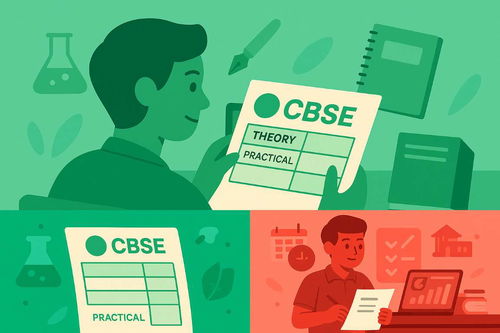
Confused about CBSE passing marks for theory and practical exams? This guide explains the minimum marks needed to...
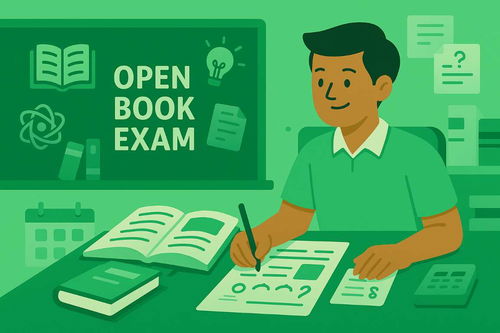
Learn how the CBSE Open Book Exam will be implemented for Class 9 and Class 11 students. Understand the benefits,...
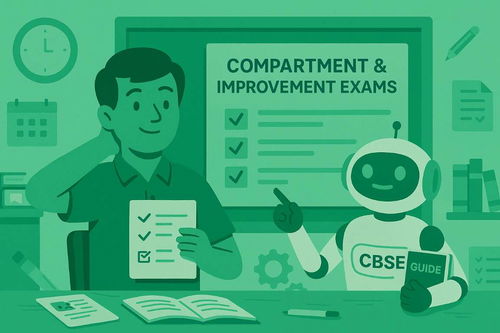
Confused about the CBSE compartment and improvement exam process? This complete guide explains eligibility, how to...

Learn how to obtain your CBSE Migration Certificate after Class 10 or Class 12. This detailed guide walks you...

Confused about your CBSE Admit Card? This easy step-by-step guide explains how to download it, what details to...

Discover what CBSE competency-based questions are and learn how to answer them expertly to you ace your exams.

Boost your Class 10 CBSE board prep with sample papers. Learn how to revise smartly, manage time, and score higher...

Learn how to score high in the CBSE curriculum with a subject-by-subject guide, expert tips, and AllRounder.ai tools...

Compare CBSE vs ICSE to choose the best board for your child. Understand syllabus, teaching style, exam prep, fees, and more.

Understand the latest CBSE marking scheme and question paper pattern. Learn about competency-based questions,...

Want to score above 95% in your CBSE Class 10 boards? Our strategy guide breaks down topper study plans to revision...

Compare CBSE vs ICSE to find the best board for NEET and JEE preparation. Understand syllabus match, exam formats,...

Treat your CBSE Class 12 exams using an athlete's approach to help you train, strategize, and perform your best on exam day.

Get ready for your CBSE Class 10 board exams with our survival kit. Find the official syllabus, a smart study...

Learn how to verify CBSE marksheets, certificates, and results online. Step-by-step guide for students and parents...

Master CBSE with top-rated tools, study planners, and expert online help. Perfect guide for Class 9–12 students...

Learn about CBSE – its full form, history, objectives, and structure. Get insights into CBSE’s role in Indian education.
Resources
-
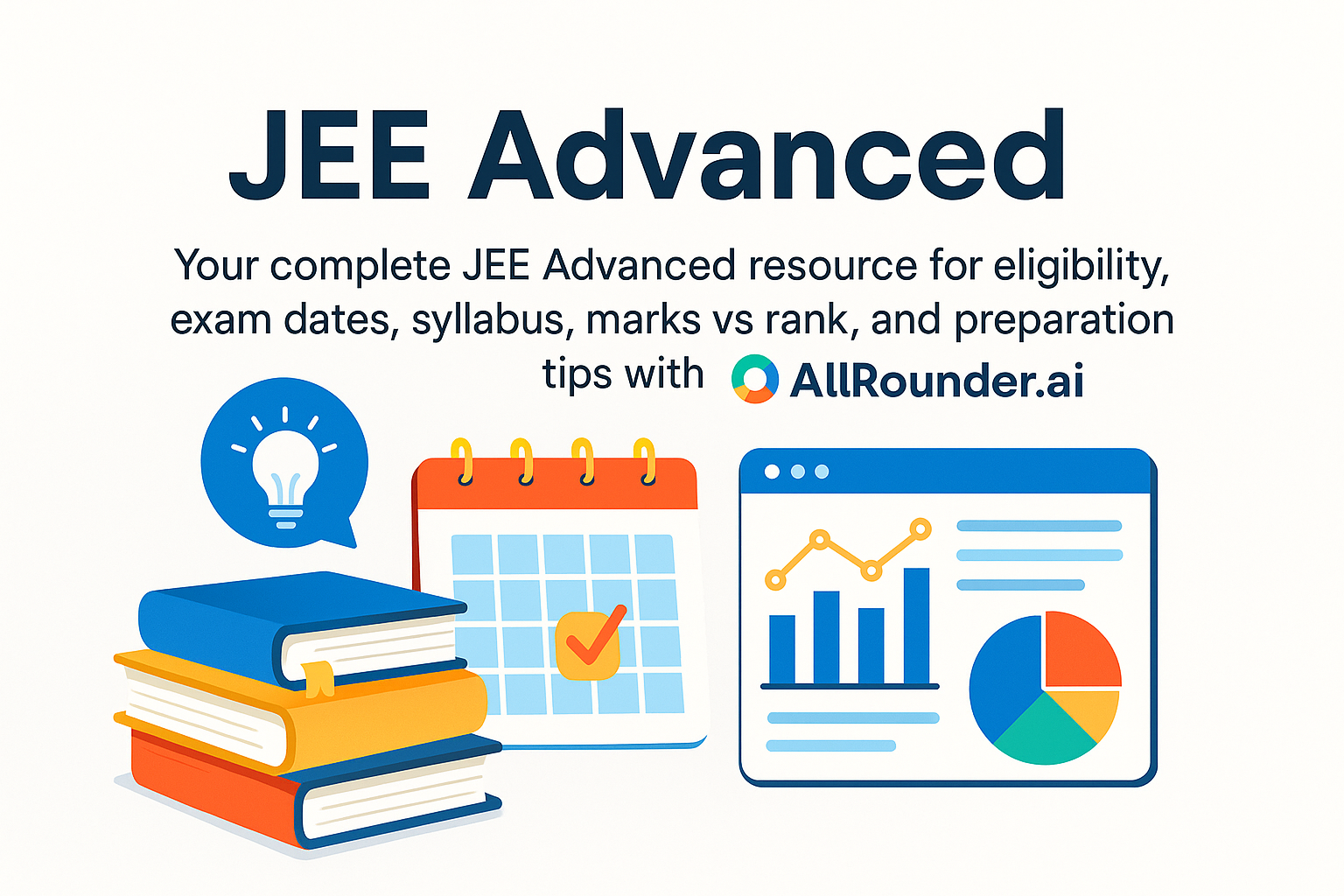
Your complete JEE Advanced resource for eligibility, exam dates, syllabus, marks vs rank, and...
-
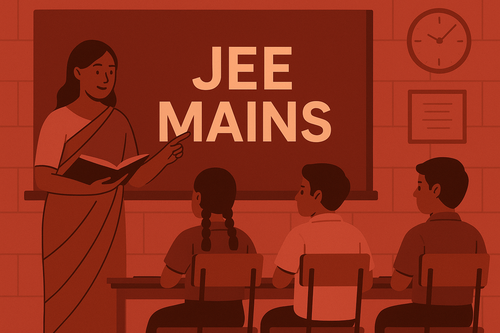
Understand the entire JEE Main process, from application and eligibility rules to the exam...
-

Explore the IB Board – a global curriculum emphasizing holistic, student-centered learning...
-

Learn about CBSE – India’s national school board offering a standardized curriculum, NCERT...
-

Explore everything about the ICSE board – its curriculum, subjects, exam format, and academic...
